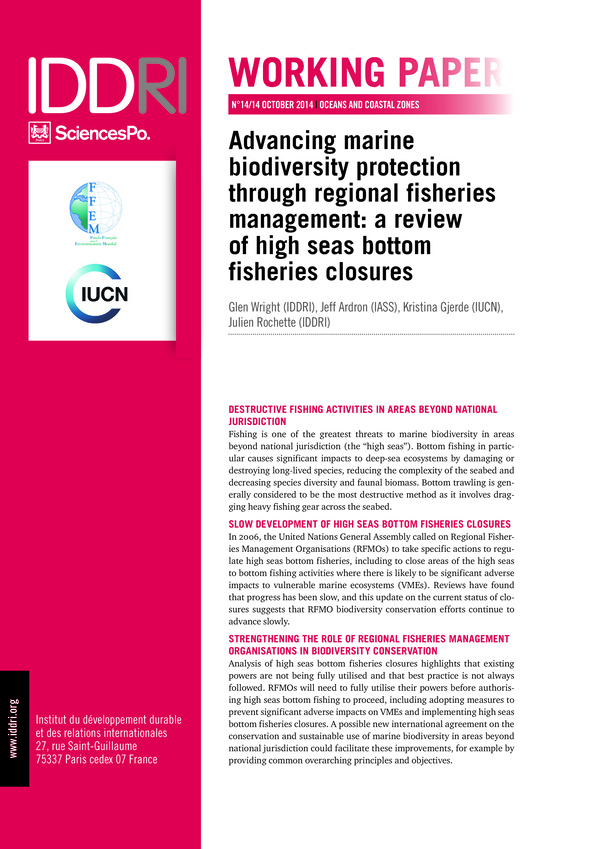Advancing marine biodiversity protection through regional fisheries management: a review of high seas bottom fisheries closures
Ocean regions that do not fall under the jurisdiction of any State, areas beyond national jurisdiction (ABNJ or the “high seas”), 1 represent almost half of the planet’s surface and a significant port...

Abstract
Ocean regions that do not fall under the jurisdiction of any State, areas beyond national jurisdiction (ABNJ or the “high seas”), 1 represent almost half of the planet’s surface and a significant portion of its biodiversity. The high seas are increasingly under threat from human activities, including seabed mining, navigation and fishing. The international community has called on Regional Fisheries Management Organisations to take a number of actions to protect vulnerable marine ecosystems (VMEs) in these areas, including closing areas to bottom fishing (high seas bottom fisheries closures; HSBFCs). The aims of this paper are twofold: firstly, to review the efforts made by RFMOs to implement HSBFCs and suggest options for improving the protection of VMEs within this framework; and secondly, to provide a brief overview of options for addressing fisheries in any new international agreement on high seas biodiversity, currently under discussion. Section 2 outlines the global context, including an overview of bottom fishing and its impacts, while Section 3 details the context and process for HSBFCs. Section 4 provides an assessment of RFMO performance in the Atlantic, Pacific, Southern and Indian oceans. Section 4 considers the role RFMOs in biodiversity conservation in light of their performance in relation to HSBFCs, and highlights some pathways for strengthening their role. Section 6 concludes by summarising the issues at stake and the possible ways forward.
Publication Details
Authors: Glen Wright, Jeff Ardron, Kristina Gjerde, Julien Rochette
Venue: IDDRI Year: 2014 Pages: 28 Institution: IDDRI